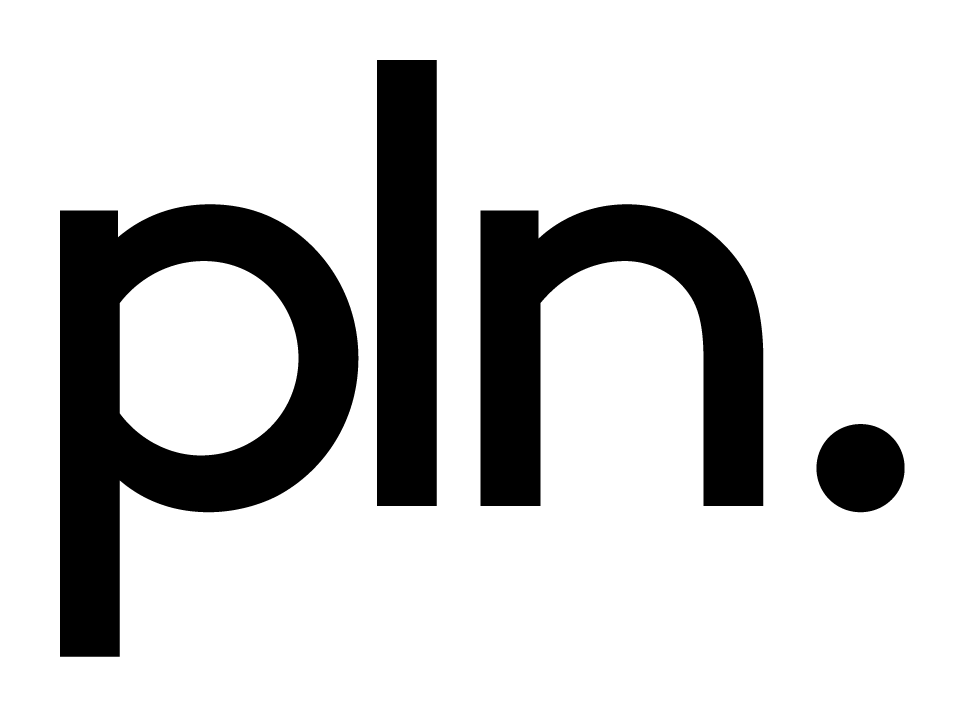Feeling a bit introspective? The start of a new decade, more so than any other new year, brings the chance to look forward and wonder where this new era will take us. Workspace design is no different: We spend on average 30% of our time at work so how is the space we work in evolving, and what will that mean for us?
We've identified four macro trends we believe will shape the design of your workplace. Looking beyond the hard business benefits of productivity and financial success, areas that were previously regarded as 'softer' and less able to be measured are coming to the fore, and businesses that ignore them do so at their peril. We predict the following trends will shape not only 2020 but the decade ahead and beyond.
Photo credit: Simon Tanenbaum, Lighting Design: Dark Tools
